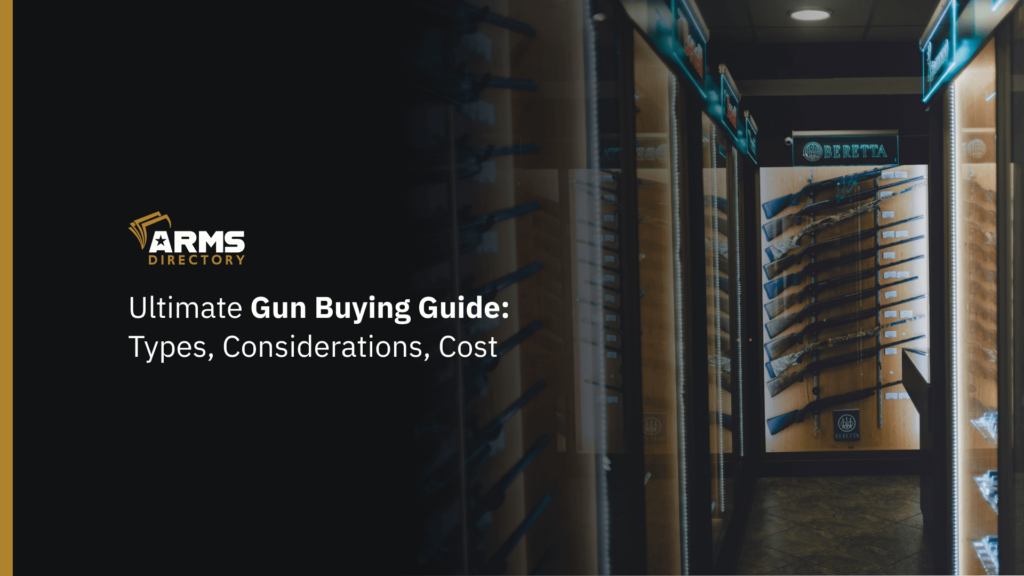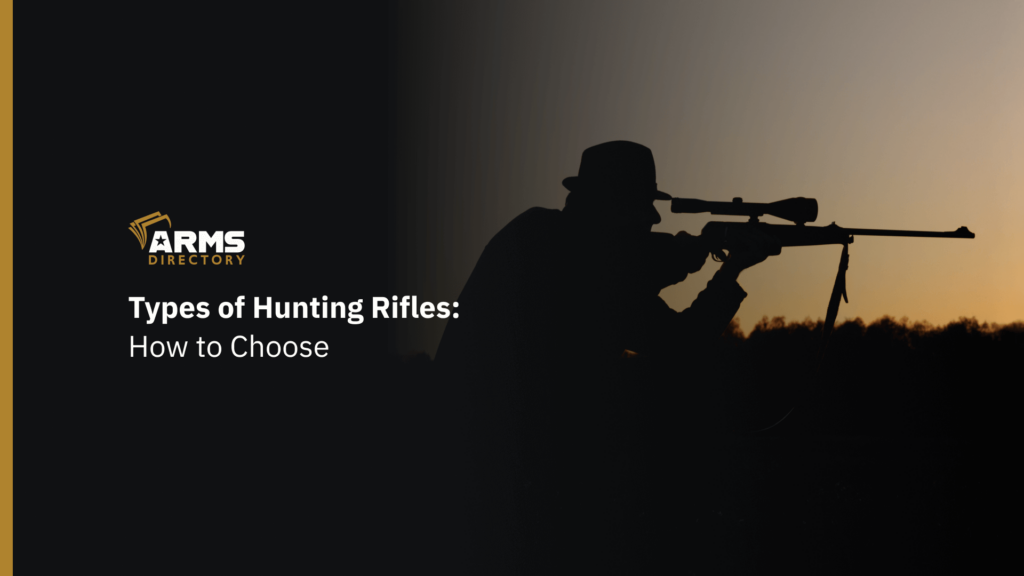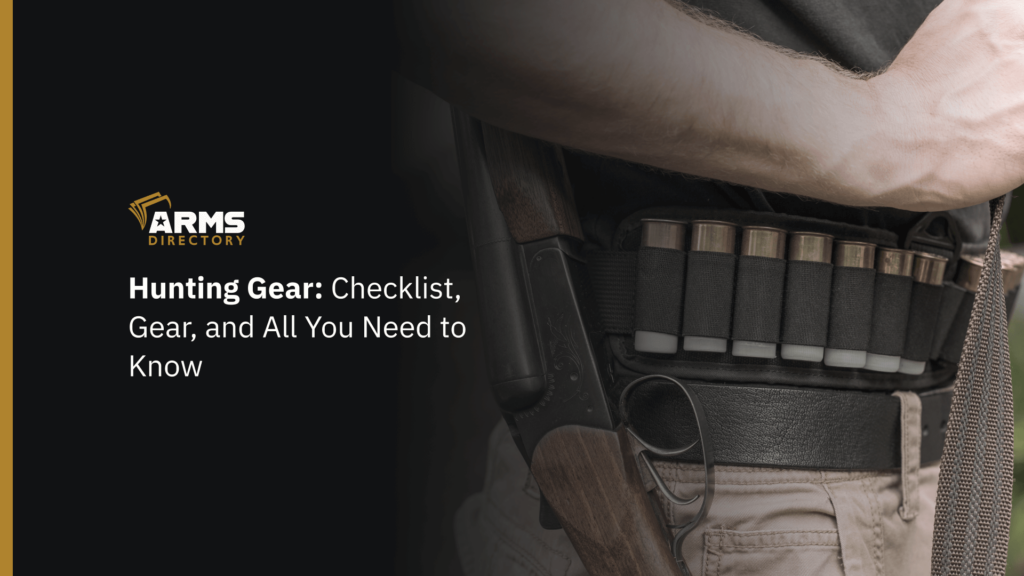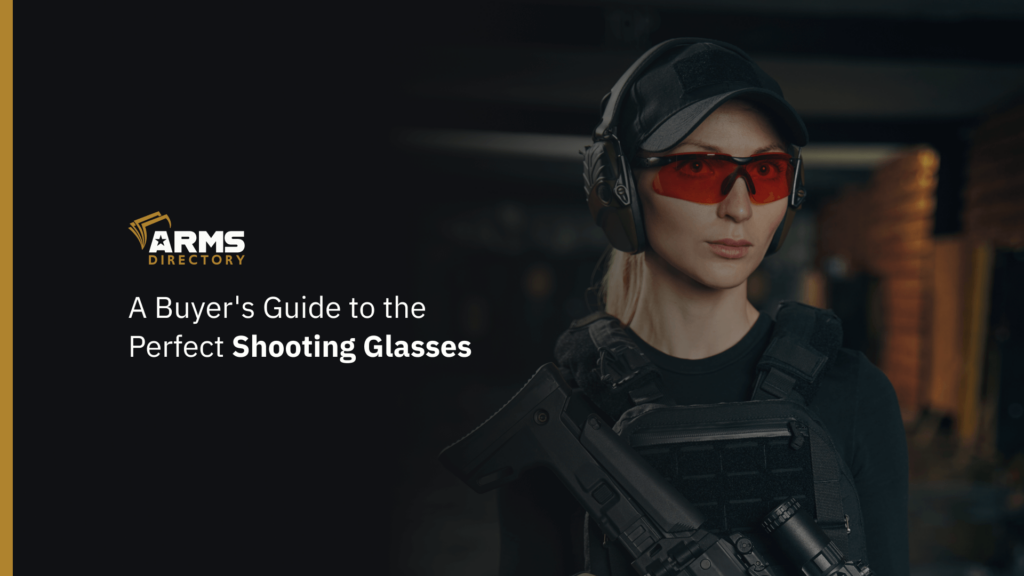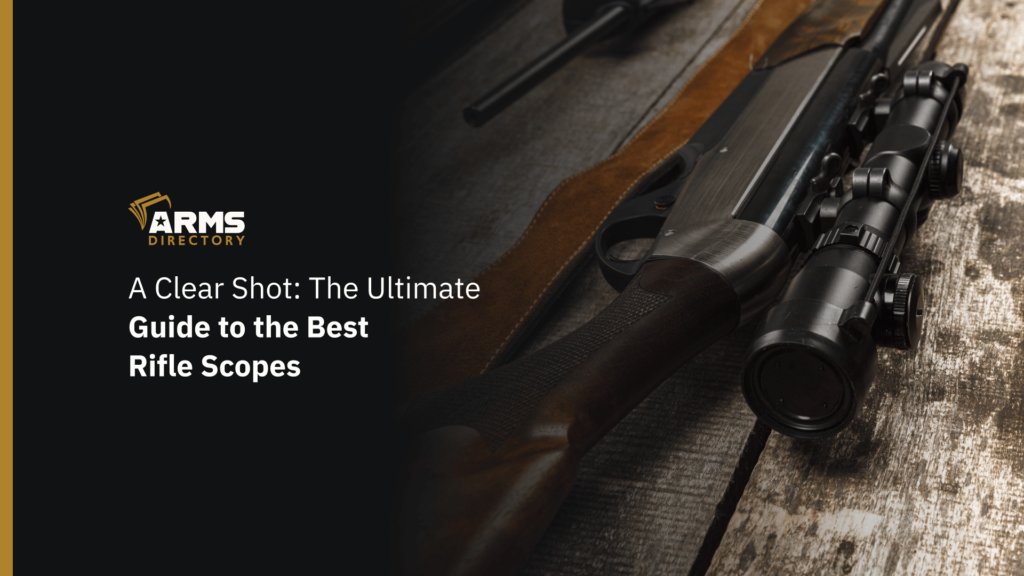
A Clear Shot: The Ultimate Guide to the Best Rifle Scopes
Rifle scopes are an essential shooting accessory, as they help to improve accuracy and precision. In this article, we will cover their basics, from how they work to how to choose the best rifle scopes for your needs.
By the end of the article, you’ll have a better understanding of how rifle scopes work, and be able to make an informed decision when buying one. We’ve also included a few examples of the top scopes for hunting on the market in 2024. Let’s get started!
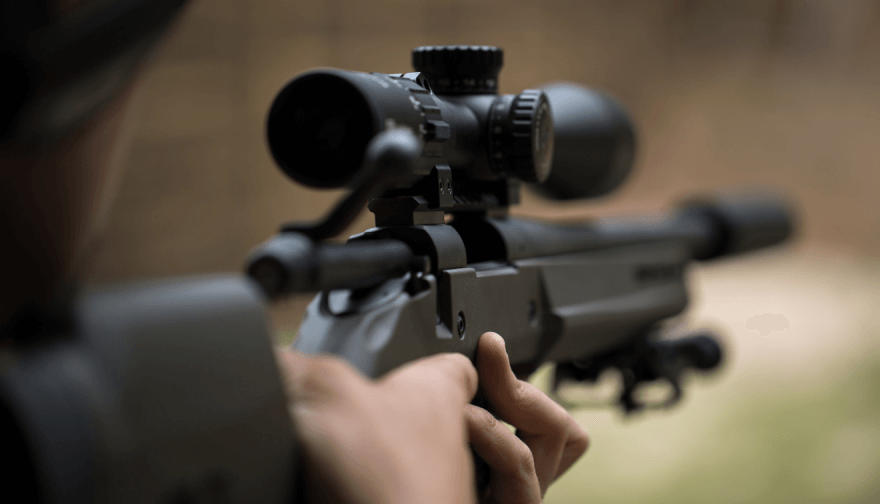
How Does a Rifle Scope Work?
A rifle scope is a handy tool for anyone into shooting sports. It works like a little telescope you mount right on your rifle, letting you zoom in close on whatever you’re aiming at.
The scope gathers light through the front lens, called the objective lens, and uses a few internal lenses and mirrors to transmit a bright, clear image of your target to the rear eyepiece that you look through. Aiming is achieved by lining up the scope reticle with your target.
Types of Rifle Scopes
There are two main types of rifle scopes – fixed magnification and variable magnification.
- Fixed magnification scopes only have one set level of magnification that doesn’t change. So if you buy a scope with 6x magnification, that’s what you get.
- Variable magnification scopes are much more versatile. They have a zoom feature that lets you adjust the level of magnification within a certain range, usually something like 3-9x or 4-12x magnification.
The level of magnification a scope provides is hugely important because it directly impacts shooting accuracy, especially at longer ranges. Lower magnification around 3-6x is ideal for shooting freehand or at moving targets. You get enough zoom to see key details while still allowing for a steadier hold thanks to the wider view.
At higher magnifications above 9x or 12x, even the tiniest movements can throw off your aim. That’s why those much higher magnifications are best reserved for shooting from a solid bench rest or tripod.
So think about what type of hunting or shooting you plan to use your scope for. Variable magnification offers way more flexibility. But if you only need to shoot within a certain fixed range, a fixed power scope may get the job done almost as well at a lower price point.
Reticles and Crosshairs
There are a large number of reticle designs such as the Duplex, Mil-Dot, and BDC, just to name a few. Each type is optimized for different situations.
- The Duplex reticle is the most common type. It has a thin crosshair to allow for precise aiming, with some thicker bars along the perimeter so you can still see it against brush for example. It is used for general hunting and target shooting.
- Mil-Dot reticles are perfect for long range shooters. They have dotted lines on them at measured intervals to help you estimate range and compensate for bullet drop.
- BDC or bullet drop compensation reticles have thick horizontal hash marks to aim dead on depending on how far your target is – 200 yards, 300 yards, 500 yards, etc.
If darkness is an issue, go for an illuminated reticle. It lights up red or green for way better visibility at dusk or dawn.
Lens Coats and Image Quality
You may have noticed markings like “fully multi-coated” or just “coated” on the scope’s specs. Those refer to special lens coatings, which play a valuable role in visual quality. They make sure the image is crisp and clear.
The coatings reduce glare and reflection, which can distort the images, by creating a smoother transition for the light.
- Fully multi-coated is the gold standard. It’s when all air-to-glass surfaces inside the scope have multiple micro-layer coatings applied. These let way more light through, leading to a beautifully bright, high-resolution image.
- Multi-coated means only some of the lenses have the multi-layer coatings rather than all of them.
- Coated means at least one surface layer has been covered.
The quality of the actual glass lenses plays a role too. You want them to be as clear as possible with specialized treatments to minimize distortion. High-end lenses are crafted from premium materials and stacked up in multiples to magnify images better with improved sharpness.
The bottom line is that coatings, glass quality, and lenses work together to give you an image that pops.
Adjustments – Windage, Elevation, and Parallax
A rifle scope has several essential settings which allow the user to account for factors such windage, elevation, and parallax correction. While they may sound technical, they are not complicated. Let’s take a look at what each one means:
- Windage refers to sideways adjustment, used to account for wind drift. As the bullet travels toward the target, wind can push it slightly off course, so you tweak the windage knob to account for that drift.
- Elevation refers to vertical adjustment, to make up for that pesky gravity causing bullets to arc downwards over long distances. Just dial it up to aim a little higher so that your shot stays on target, even from my distance.
- Parallax is the tiny difference between where the reticle crosshair appears to be versus where it actually is. It can throw off accuracy if your eye isn’t perfectly centered.
How to Choose the Best Rifle Scopes
Purpose of Use
Picking the perfect scope for your needs means that you have to keep your specific situation and preferences in mind.
Planning on being a long range sniper? You’ll need a holdover reticle that estimates bullet drop and windage at varying distances. How about close range hunting in heavy bush and forests? A lower fixed magnification will help you acquire and track moving targets.
A general purpose rifle calls for a jack-of-all-trades second focal plane (SFP) scope. The reticle offers a sharp view even at lower magnifications for those up close and personal shots.
First focal plane (FFP) scopes have reticles that scale up/down with magnification changes. Very handy for long range precision shooters tracking tiny aim point differences.
Magnification Needs
A scope’s magnification level is the number followed by an x like 3x or 6x. It plays a key role in rifle scope selection. But what zoom factor is right for you? It depends.
If you’re a hunter who mostly takes shots less than 100 yards or so, a very low power scope in the 1-4x range should meet your needs. This allows for a wide field of view to quickly pick up and track critters on the move.
For medium range shots from 100-400 yards, a variable power scope in the 4-9x magnification range lets you zoom in reasonably close while still allowing a decent field of view when dialed back down.
Long range shooters going 400+ yards will appreciate higher powered scopes, 9x or greater. At those distances, maximum magnification and narrow fields of view are ideal to see tiny details and adjustments.
Consideration of Reticle Type
When picking the perfect reticle for your scope, there’s a few things to keep in mind based on the type of hunting you plan to do:
- Long-distance shots: If long-distance shots are in your future, you’ll want to consider a BDC reticle. These markers are calibrated to estimate holdover positions at common hunting ranges, like 200, 300, 400 yards and beyond, to help compensate for bullet drop.
- Faster target acquisition: If you’re all about faster target acquisition at shorter ranges though, a basic duplex or crosshair reticle may be a better fit. Less aiming clutter and quicker aiming can make a difference when a deer or predator pops out of nowhere at close quarters.
Durability and Weather Resistance
In all likelihood, you’ll extensively test your rifle scope in the field, so ensuring its ability to withstand rough conditions is crucial. In two words, it needs to be tough and resistant to weather.
Look for aircraft-grade aluminum construction on the scope tube for lightweight strength. We’re talking waterproof, fogproof, and shockproof too thanks to tight o-ring seals and special gas purging. No moisture or dust sneaking inside to muck up your view. Some high-end scopes even have special coatings to resist scratches, dirt, oil, and sun glare.
Best Rifle Scopes for Hunting in 2024
Unsure about which scope to choose for your rifle? Search no more, as we’ve condensed a lengthy list to the top 5 picks.
Vortex Optics Viper PST Gen II 5-25×50 FFP rifle scope
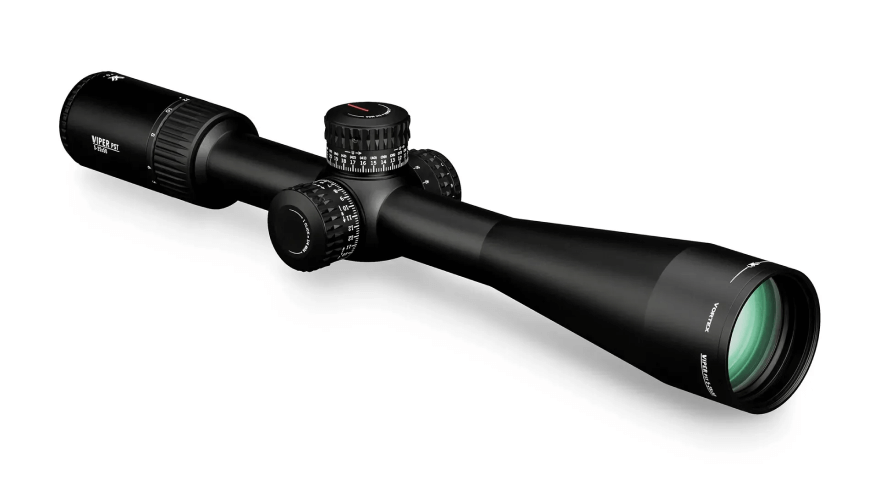
The Vortex Optics Viper PST Gen II 5-25×50 FFP rifle scope is a high-end model built for exceptional long-range accuracy. It features a 5-25x zoom range with a 50mm objective lens and 30mm tube.
The glass-etched first focal plane reticle allows detailed holdovers for long distance shooting, with 10 brightness levels to match conditions. Rugged, shockproof construction stands up to heavy recoil. 70 MOA of elevation adjustment and 35 MOA windage adjustment ensure dialing in shots way out there. At 31.2 ounces and 15.79 inches long, it’s a serious piece of equipment for the tactical marksman or competitive shooter.
Leupold VX-6HD 3-18x44mm rifle scope
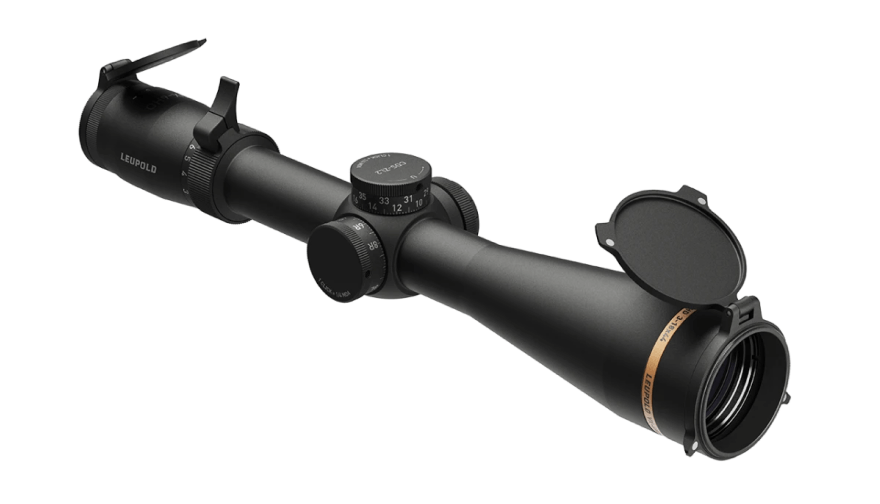
The Leupold VX-6HD 3-18x44mm rifle scope packs impressive optical performance into a rugged, compact frame. This versatile scope features a 3-18x zoom range with a 44mm objective lens and 30mm tube.
The illuminated reticle provides a clear aiming point across the entire magnification range. With 75 MOA adjustment range for both windage and elevation, it can handle anything from short to long distance shooting.
Shockproof, durable construction stands up to recoil while the exposed-lens exterior makes it hiking-friendly at 21.6 ounces and 13.5 inches long. An exceptionally versatile mid-sized scope ready for hunting trips or hours at the range.
Swarovski Z5 3.5-18x44mm rifle scope
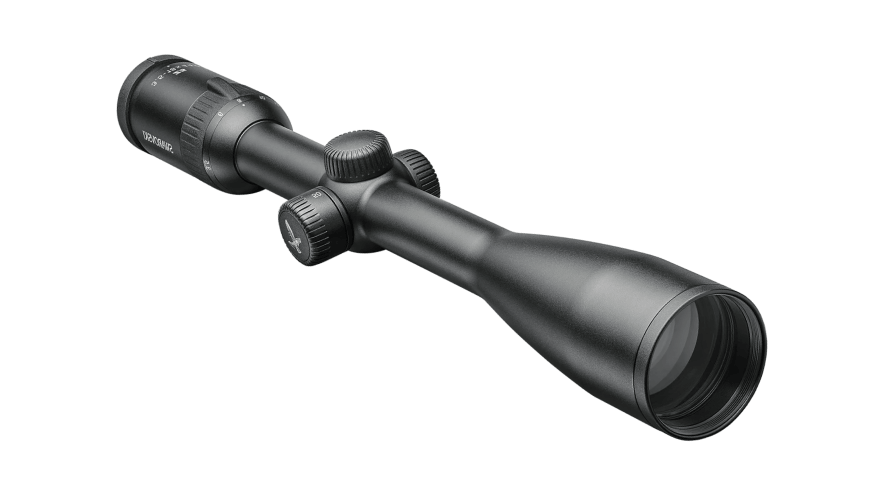
The Swarovski Z5 3.5-18x44mm is a lightweight 1-inch rifle scope ideal for long-distance mountain hunting. It features a 3.5-18x zoom range with generous eye relief and a large field of view. Parallax correction ensures a crisp sight picture at any range.
Rugged waterproof/fogproof construction stands up to harsh alpine conditions. The rapid diopter adjustment and high magnification excel at accurate shots on terrain where any error is magnified. Its versatile specs make the Z5 a specialist for harsh, long range shots.
Nightforce ATACR 5-25x56mm rifle scope
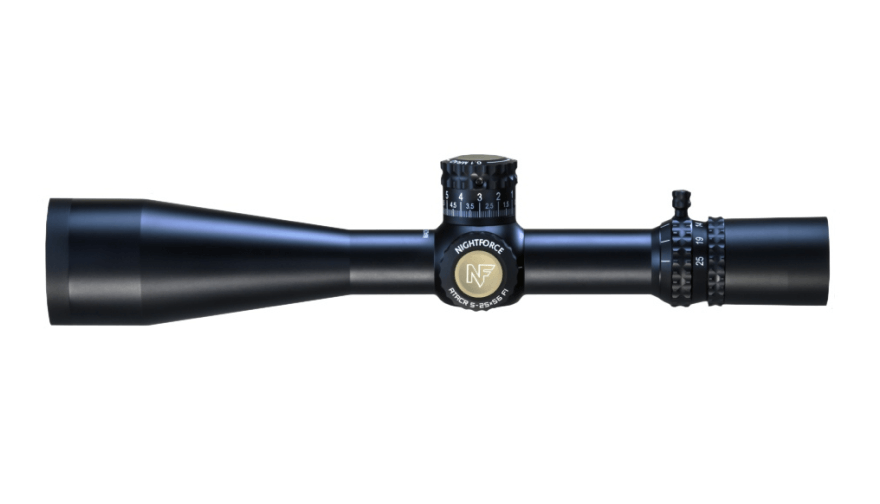
The Nightforce ATACR 5-25x56mm is a premium first focal plane rifle scope built for extreme long-distance shooting. It packs a 5-25x magnification range with a 56mm objective lens into a rock solid 34mm tube. Intelligent reticle options, parallax adjustment from 45 yards to infinity, and a zero-stop elevation turret allow dialing in tricky distance shots. Waterproof, fogproof construction stands up to rough conditions while providing excellent light transmission and clarity. At 37.6 ounces it’s a bit heavy, but for serious marksmen this scope’s optical and mechanical performance leave nothing on the table.
Zeiss Conquest V6 3-18x50mm rifle scope
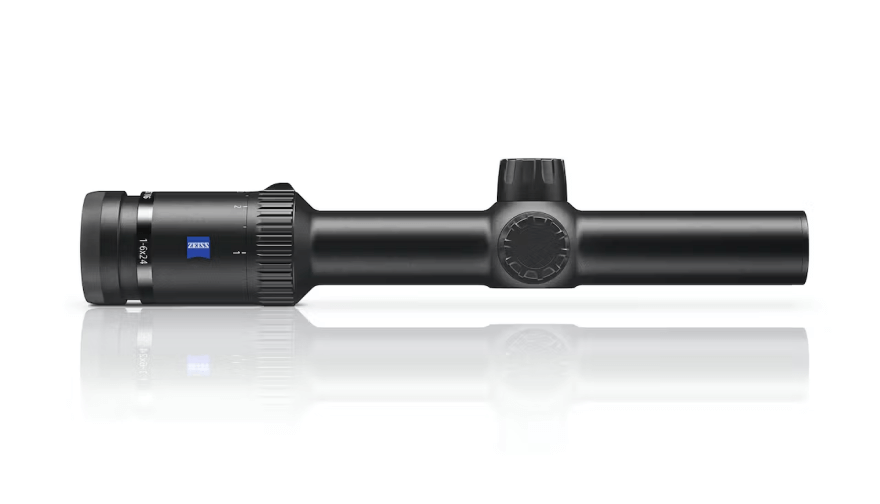
The Zeiss Conquest V6 3-18x50mm is a superbly versatile rifle scope ready for nearly any shooting scenario. A wide 6x zoom range paired with a ample 50mm objective lens excels in mid- to long-range shots with excellent light transmission and clarity. Generous long eye relief and parallax adjustment from 25 yards to infinity make it easy to dial in targets. Rugged waterproof/fogproof construction weighs just 22.2 ounces. For a durable optic capable of both short and long-distance accuracy, it’s hard to beat the Conquest V6.
Conclusion
Rifle scopes are essential shooting accessories that will improve accuracy of your shooting. When choosing a scope, consider your shooting purpose and needed magnification level. Invest in quality optics for crisp, bright images. When making a purchase, be sure to find the best stores near you locating their listings here, and don’t forget to leave them a great review. Thank you for being part of Arms Directory!
![The Ultimate Shooting Accessories for Every Weapon [A 2023 Beginners Guide]](https://vault.armsdirectory.com/wp-content/uploads/2023/08/30071223/The-Ultimate-Shooting-Accessories-for-Every-Weapon-A-2023-Beginners-Guide-1024x576.png)
